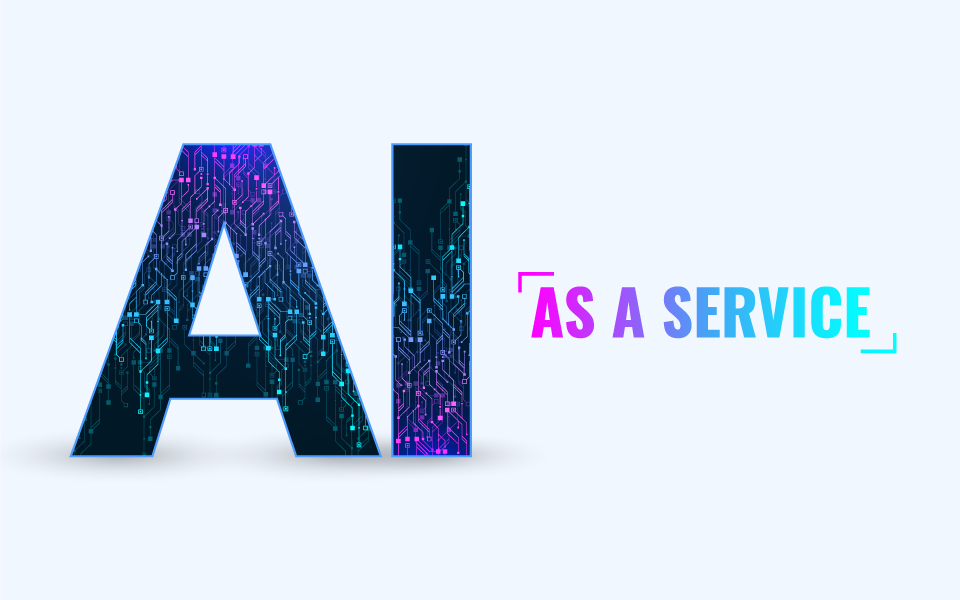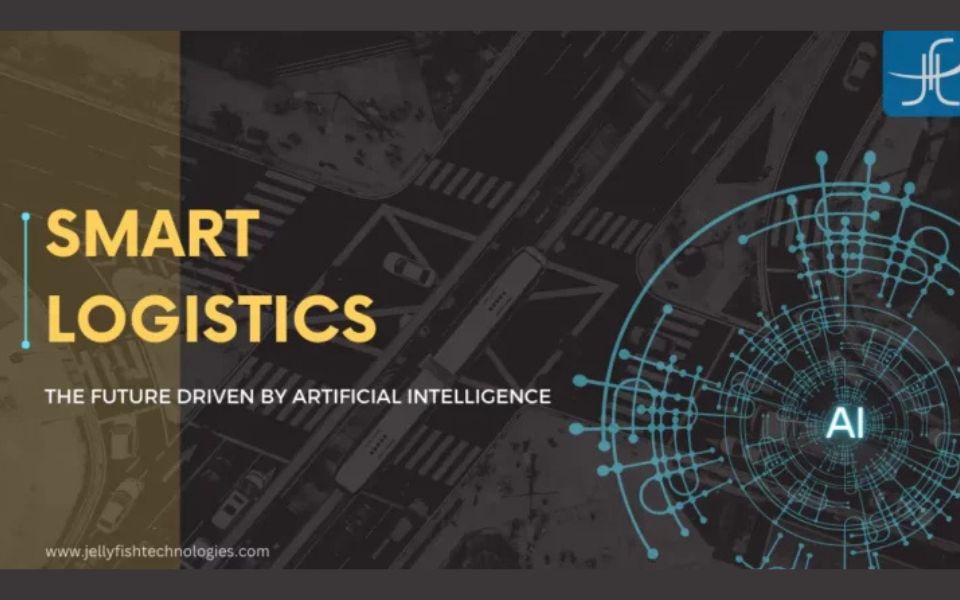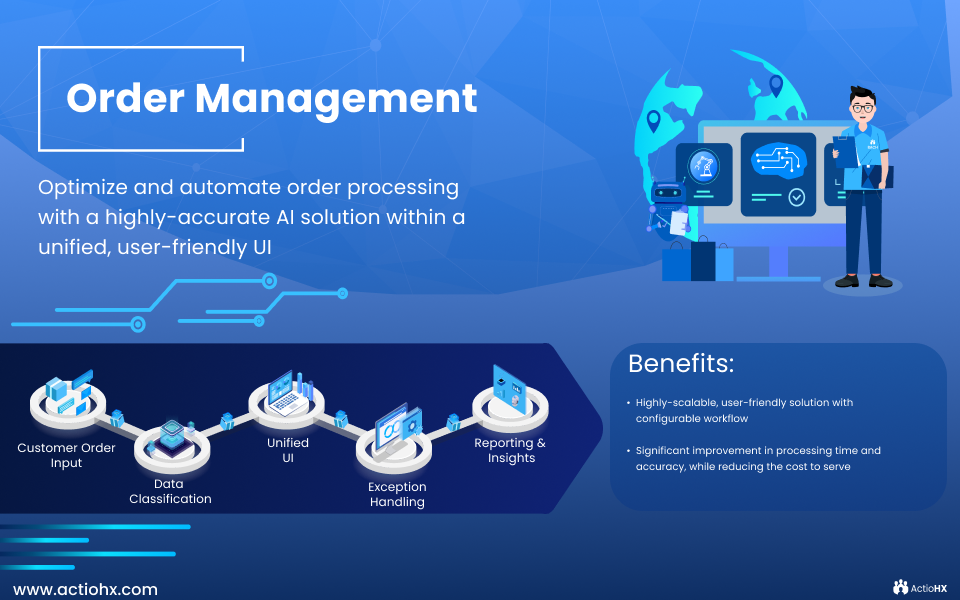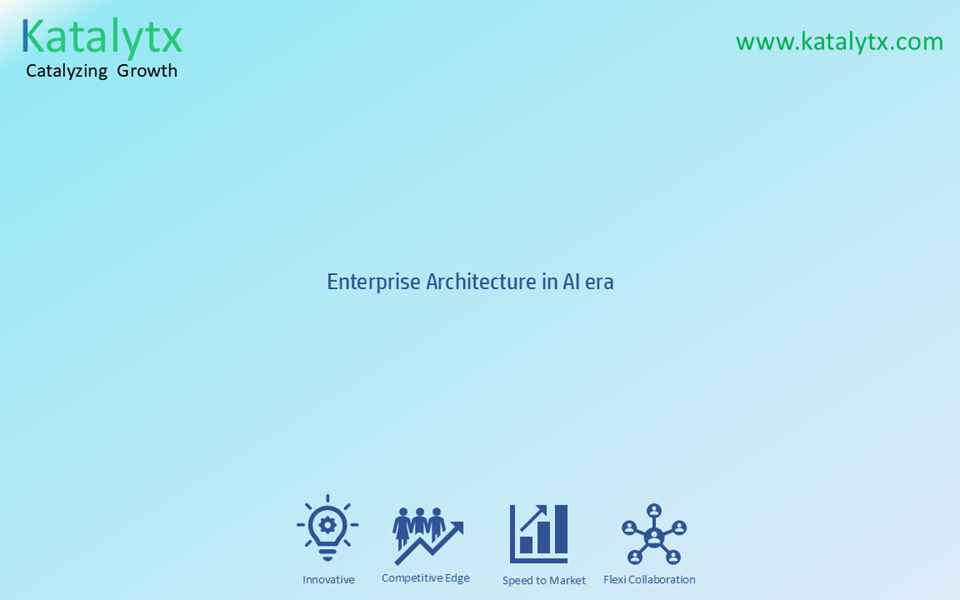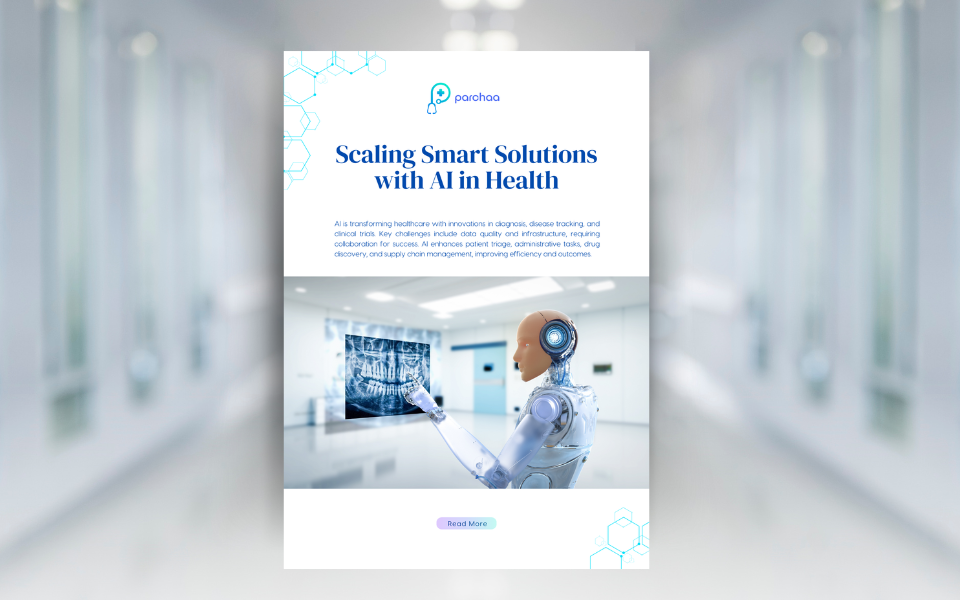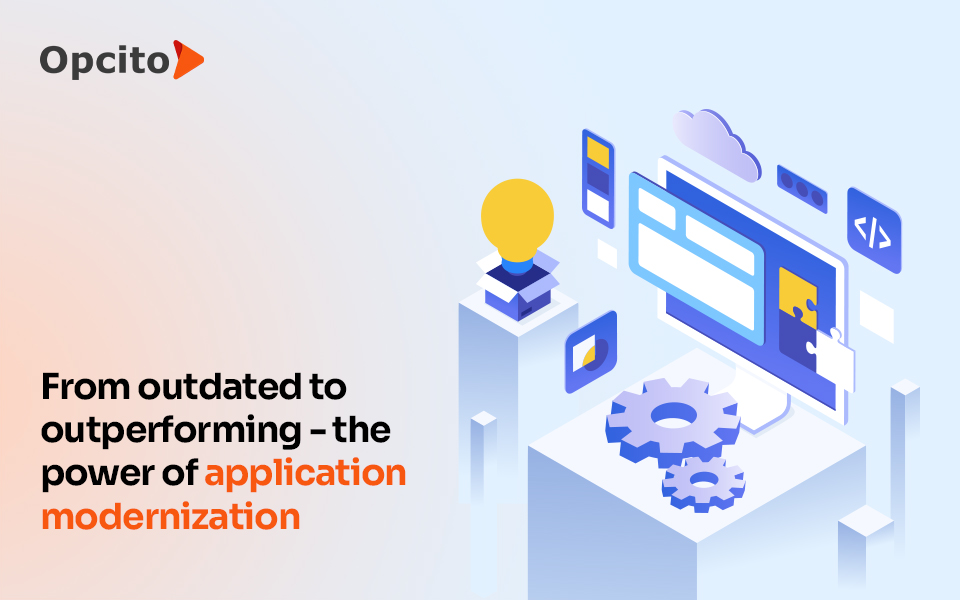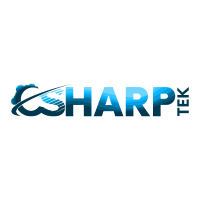The gold standard for scaling, automating, and managing containers is Kubernetes. Its appeal as a solution for delivering cloud-native apps in testing and production environments has been demonstrated by its adoption in recent years. However, managing its day-to-day operations is not as simple as it might seem. Organizations transitioning to Kubernetes have noticed better agility, improved development, and less friction in the processes.
When installing clusters and long-term managing them, developers must take into account the multiple stages of the Kubernetes application lifecycle, including design, deployment, and operations. Indeed, as the underlying architecture introduces new complications as it expands, developers frequently run into difficulties during the production operations stage. Vendors can take advantage of the complexity to assist enterprises in correctly managing Kubernetes clusters based on workload and even take over monitoring and management to eliminate redundant procedures.
All of these actions taken by businesses or suppliers to streamline and improve the Kubernetes stack to automate platform administration are Day 2 Operations.
The steps of the organization’s Kubernetes application lifecycle are described here as a day. Day 0 denotes the design stage, Day 1 is the deployment stage, and Day 2 is the transition of the application from the development project to the production environment. 58% of respondents to a CNCF study said they were exploring a container orchestration platform that was already in use. The majority of businesses are now in the Day 2 phase of Kubernetes, having passed Day 0 and Day 1. Moving on to Day 2 successfully the benefits of Kubernetes operations go beyond merely enhancing your application but also how it is run in production. For the applications to meet security, agility, and compliance standards, organizations must also take into account monitoring, maintenance, and troubleshooting.
Day 2 operations are regarded as the most time-consuming stage of any application in production because businesses must determine how the application will function inside a larger technical architecture.
Organizations in a rush to deploy might easily overlook Day 2 operations, which can reduce Kubernetes success, especially for mission-critical applications where stability, risk, and management are non-negotiable. To assist you to prepare for the challenges and prevent the headaches that follow adoption, we have put together this blog to discuss the typical Day 2 Kubernetes challenges that businesses face.
What is Day 2 Kubernetes?
Day 2 is focused on how to maintain your infrastructure after everything has been installed. Onboard new users? Ensuring the health of applications? Day 2 is about maintaining the systems throughout time in a healthy state.
Day 2 Monitoring tools used in Kubernetes development environments frequently lack advanced observability features. To identify the core cause of an issue, Kubernetes clusters in production are frequently deployed alongside several other technologies. Therefore, a stack of open-source tools must be developed to assist with Day 2 Kubernetes monitoring and logging to get metrics data on each component of the infrastructure.
Challenges with Day 2 Kubernetes
1. Observability:
Day 2 Advanced observability features that Kubernetes frequently needs are not provided by the monitoring tools used in Kubernetes development environments.
Production Kubernetes clusters are frequently deployed along with several other technologies, many of which require thorough debugging to determine the main problem.
Therefore, a stack of open source tools must be developed to assist with Day 2 Kubernetes monitoring and logging in order to get metrics data on each component of the infrastructure.
2. Security:
Day 2 security in Kubernetes is challenging and quite different from security in testing environments. Organizations must implement stringent governance guidelines that apply to all production workloads and ensure secure application parameters. For an organization in production, the capacity to scale is crucial since Day 2’s problems make it simple to expand the number of nodes and scale applications to meet organizational objectives.
Different scalability parameters, including location, the number of clusters, and the physical nodes per cluster, must be taken into account for Day 2 Kubernetes operations so that businesses with teams located around the world may easily collaborate and build mission-critical applications.
3. Storage:
Testing settings and production environments for Kubernetes are very different when it comes to debugging or troubleshooting storage operations. To successfully manage day 2 Kubernetes storage issues, large enterprises running Kubernetes frequently implement cloud storage such as AWS Elastic Block Store (EBS), Azure Disk, and GCE Persistent Disk. These persistent storage structures require storage specialists to re-learn the technology.
Additionally, cloud vendors are the only ones who can bind volumes with claims. Depending on the size and storage class, running a lot of containers might add complexity and lengthen the storage management process.
4. High Availability:
Day 2 Kubernetes makes it difficult for business-critical apps to achieve high availability since the complexity of the infrastructure makes it harder to maintain uptime and adhere to SLAs.
Cluster administrators find it difficult to comprehend how clusters interact since teams may have diverse cluster environments that are difficult to maintain and debug. Lets us discuss the Overcoming Day 2 Challenges in Kubernetes
How to overcome Day 2 Challenges
When used in production, Kubernetes can have configurable components that can be challenging to visualize or scale. Following are some procedures that can be used on day 2 to verify the proper configuration and interpret the logs to assure proper operation.
1. A Centralized Management Platform:
It is a terrific method to decrease context switching for Day 2 operations and enhance cycle time to implement the capability to manage the whole organization’s Kubernetes infrastructure through a single dashboard.
As the entire system is in one location, the operations team can quickly manage and visualize all the telemetry data connected to various tools. The developers don’t have to spend time learning Kubernetes, allowing them to concentrate fully on the logic of the application.
A single platform enables the Kubernetes team to develop and centrally manage governance policies at the cluster level, enabling teams to quickly see how clusters are connected and guarantee that Kubernetes production workloads are set up in accordance with the company’s security and compliance policies.
2. Automation Through Kubernetes Operators:
To automate complex Day 2 operations, Kubernetes Operators provide all the required tooling.
To carry out Day 2 tasks like upgrades, backups, and failovers, operators are deployed into Kubernetes clusters. An Operator Framework toolkit created by RedHat is used to manage operators.
To fulfill certain Day 2 demands, the toolkit includes an SDK for creating customized operators, such as:
Native Monitoring and Logging
To develop a centralized log collection system and identify availability, security, and performance issues, a single centralized Kubernetes platform must include comprehensive monitoring and logging features that can be automated by operators.
Managing Manifests
In Kubernetes, workload management is mostly carried out using YAML manifests and configuration files, both of which are challenging to develop. Particularly in production operations when there are several YAML container files. To automate the administration of YAML manifests, operators are used.
3. GitOps for CI/CD Integration:
To enhance Day 2 operations, businesses can easily integrate the DevOps approach GitOps into their Kubernetes infrastructure.To speed up operations and deployments in Kubernetes, GitOps employs Git as a single source for declarative infrastructure and apps in delivery pipelines.GitOps relates to CI/CD in Kubernetes and enables developers to more reliably and consistently deploy cloud-native apps utilizing Continuous Integration technologies.such as Jenkins or CircleAs complexity increases, CI automates CI with each container so that developers don’t have to manually update configuration settings for rollout and rollback.
4. Centralized Kubernetes Skills:
The demand for Kubernetes capabilities only grows as enterprises prepare for their Kubernetes migration journeys and manage Day 2 operations. Organizations often use intensive training to support the increased demand and moderate the developer workload, but each organization faces different obstacles along the way.
The best course of action for the company in these situations would be to create central teams with Kubernetes experience that can manage operational responsibilities while assisting the standard development teams. The number of individuals needed to support the full Day 2 trip will be decreased by central teams acting as both developers and administrators.
Closing Thoughts:
When it comes to the configuration and long-term administration of Kubernetes infrastructure, activities must be automated, which is where Day 2 operations come into play. Kubernetes is a potent solution that satisfies all the requirements for enterprises running vital applications in the cloud.
Enterprises’ choices made throughout the design and implementation phases have a significant impact on Day 2 operations. Before the application goes into production, teams must set up plans for centralized monitoring, maintenance, optimizations, and future upgrades. Teams and developers will perform better and be more available if Day 2 tactics are implemented, which will also streamline operations and boost availability







